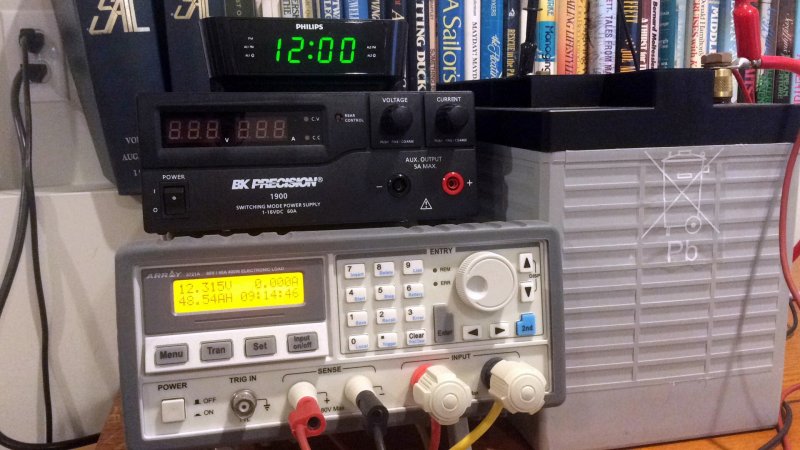Nous Defions
Jet Boat Addict
- Messages
- 88
- Reaction score
- 43
- Points
- 87
- Boat Make
- Yamaha
- Year
- 2010
- Boat Model
- SX
- Boat Length
- 24
I have read some where that: Each engine on the 240 has a rectifier regulator that limits maximum output voltage to 13 volts between 2000-3500 rpm's, with a stator coil output voltage of 8.3v cranking, 36.4v@2000rpm, and 64.7v@3500rpm.
Another site says there are 40 amp magnetos on each engine.
If it's correct that each engine has a 40 Amp charging system does that mean the total amps possible for a charge is 80 amps?
Any electrical guru's out there that can clarify volts vs. amps vs total?
Another site says there are 40 amp magnetos on each engine.
If it's correct that each engine has a 40 Amp charging system does that mean the total amps possible for a charge is 80 amps?
Any electrical guru's out there that can clarify volts vs. amps vs total?







